Tangibalising Intangibles and Intangibalising Tangibles
 Why 4Ps is not enough?
Why 4Ps is not enough?
There is no one in the fraternity of the marketing world who wouldn’t know of the 4Ps. The 4 Ps were first formally conceptualized in 1960 by E. Jerome McCarthy in the highly influential text, Basic Marketing, A Managerial Approach [1]. Ever since then, 4ps have been widely accepted and used as a mechanism for executing marketing strategies of bringing marketing strategies to life. In the late 70s, it was widely acknowledged by Marketers that the Marketing Mix should be updated. This led to the creation of the Extended Marketing Mix in 1981 by Booms & Bitner which added 3 new elements to the 4 Ps Principle.
Marketing of Tangibles Vs Intangibles
Marketing of tangibles or products would comparatively be easier as they are visible to the naked eye of the consumers. Therefore, the consumer always has the opportunity to touch and feel what s/he is going to buy prior to the actual point of purchase. There will always be opportunities to try the product out or to feel it and get an idea of what kind of shape it would take etc. However, it’s not the same when it comes to selling a service. It’s highly intangible and unseen.

Compared to the point of buying a car versus buying motor car insurance, at the point of buying a car, the buyer would get enough satisfaction by seeing and touching her dream car and not only that, if required by taking a test drive, etc. When it comes to the motor insurance of the same car, it’s impossible to have a trial or to touch and feel what the motor insurance would be like. On top of that, there will only be a piece of paper or a plastic card that is given to the policyholder. After paying a couple of hundred thousand, all you get is just a plastic card.
 How does it make you feel to buy insurance? Whereas, the plastic card means to be an assurance or a guarantee that if anything happens while they are on the go or off the go, the insurer will take care of everything. As it’s evident not all products are 100% tangible and not all services are 100% intangible. A mobile handset may be 100% tangible and a consultancy service or legal advisory service maybe 100% intangible. However, the majority of the products or services that are available in the market are a combination of both aspects.
How does it make you feel to buy insurance? Whereas, the plastic card means to be an assurance or a guarantee that if anything happens while they are on the go or off the go, the insurer will take care of everything. As it’s evident not all products are 100% tangible and not all services are 100% intangible. A mobile handset may be 100% tangible and a consultancy service or legal advisory service maybe 100% intangible. However, the majority of the products or services that are available in the market are a combination of both aspects.
For example, Pizza may be perceived as 100% tangible (Product) but it has many intangible aspects at the point of purchase (Service elements). Same way, a Hospital or a hotel may be perceived as a service but they both have products involved in the service delivery. What it tells us is that the brand marketer should be conscious of the fact that the right set of intangibles are embedded in products or/and the right set of tangibles are embedded in services for them to be perceived as quality products. The reason is that in the end, it all boils down to an experience. Giving a rich experience is not an easy task as it needs a mix of both products and services.
The implication of the concept on Sri Lanka
The same applies to a country when it is marketed as a travel destination. Rich heritage, sacred cities, tropical rain forests, waterfalls, wildlife, sandy beaches, etc are of no use if intangible elements such as friendly people, quality service, and proper service standards are not in the package. Selling products such as tea with the proud Lion logo will demand much more than pure tea and packaging or labeling.
It will require quality people, quality communication, and proper standards maintained in dealing with customers or buyers. If we are to progress as a nation, on top of all the efforts of the private sector organizations, the general public, government officials, and policymakers should also go the extra mile in making things happen for our country. (TBC to next week)
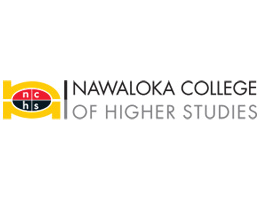
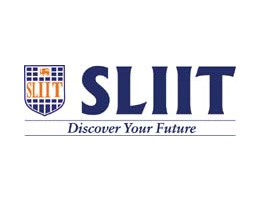
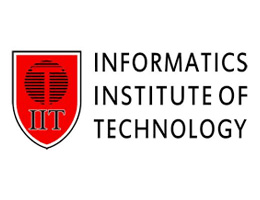
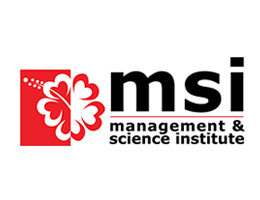
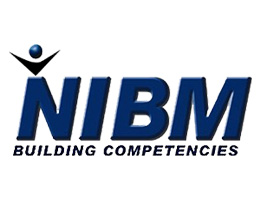
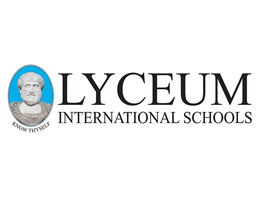
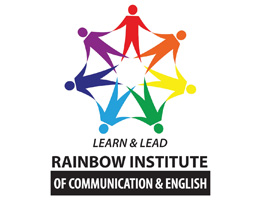

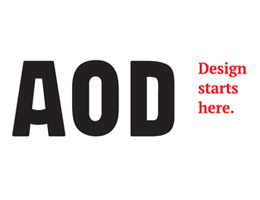
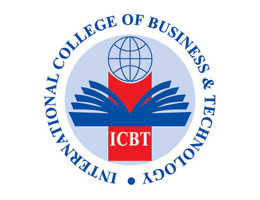
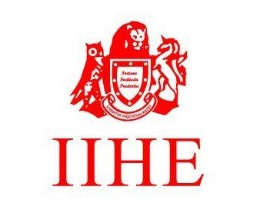
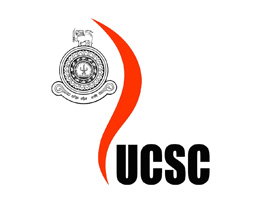

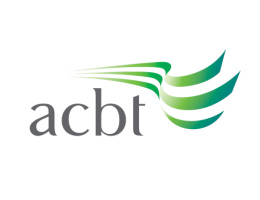

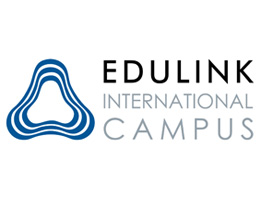
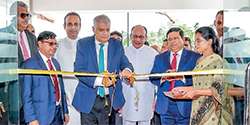
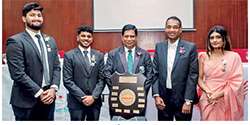
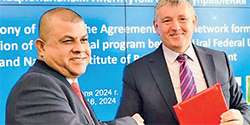
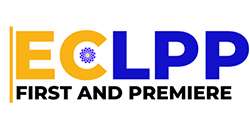




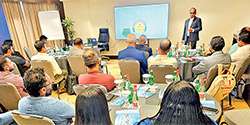


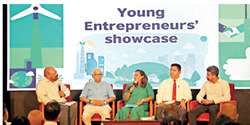




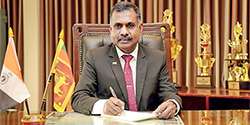
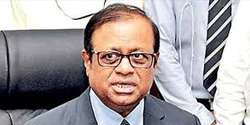
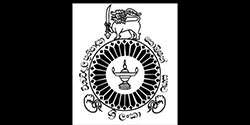
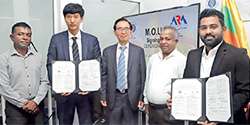





.jpg)
.jpg)

.jpg)
.jpg)
.jpg)
